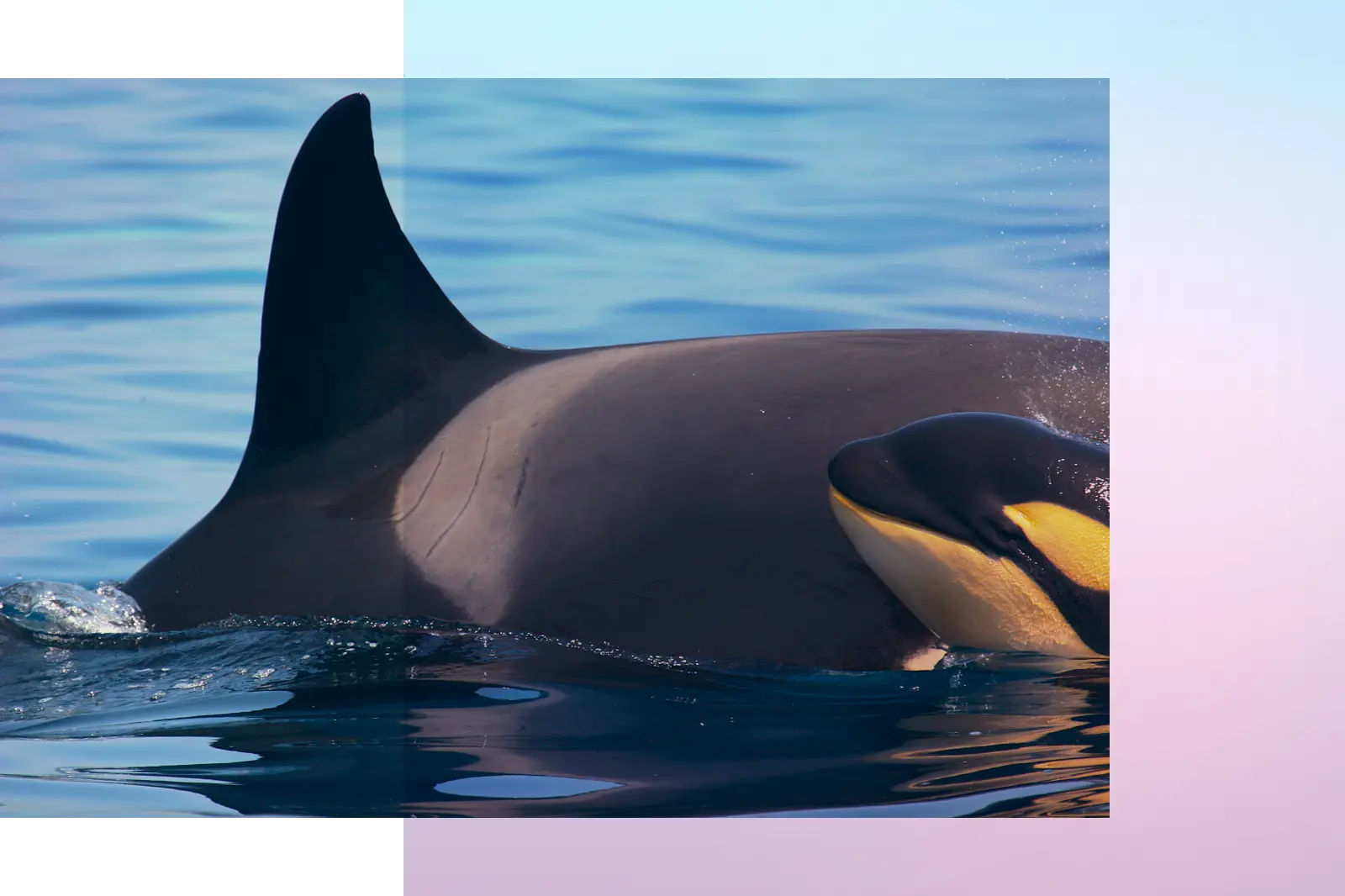Killer Whales, China Tariffs, Big Sur, and More!

Hey climate heroes! Welcome to The Climate Roundup, where we round up the change, er the news about climate and the environment. As part of the Gen E community, we thank you for making climate action part of everyday life. (Reading this newsletter counts!)
Sign up for The Climate Roundup weekly newsletter here
In Pop Culture:

😈 I love a good underdog story. And since most of nature is the underdog in the story of the anthropocene, how about those savvy Orcas out in the Straight of Gibraltar sinking ships?! I mean, how can you not root for these little devils? Welp, another ship just bit the dust, thanks to their meddling. The scientific explanation for why the Orcas are tormenting ships is unclear. But to me, it’s clear as an ocean free of plastic debris should be. Ships are the leading cause of death and injury to whales, and they are polluting and depleting our seas with their sounds, trawling, and overfishing. These Orcas have simply evolved into protectors of their seas. #TeamOrca
GETTING DOWN TO CLIMATE BUSINESS:
💲 Tariff Roulette: The Biden administration announced new tariffs on several Chinese imports relevant for the clean energy transition, like EVs, solar cells, and lithium-ion EV batteries. The move is meant to give domestic climate tech industries a chance to grow and flourish, instead of being dead in the water from much cheaper China-made counterparts being available. The tariffs also aim to create American jobs that will remain here, so to avoid a repeat of the loss of U.S. manufacturing to China in the early 2000’s. The price we pay is a higher cost of goods versus cheaper China-made products. Some also argue that rejecting the option of cheaper clean energy products and components could slow down our country’s overall emissions reductions. Surely we’ll be watching the implications unfold over the next several years.
👩⚖️ Free The Grid: New federal rules have been approved to overhaul our country’s electrical grid planning and funding – critical to meet the ever-increasing demand for power in our digital age, and to onboard new renewable energy to our grids.
👨💻 AI Troubles: Microsoft has been a leader in emissions reductions practices. But its strategic decision to go all in on AI threatens to thwart its progress towards its goal to be carbon negative – removing more carbon than it creates- by 2030. Last week, the company announced that its energy use increased 29% versus 2020, making it much more difficult to meet its goal. They plan to lean on their supply chain partners, requiring them to source 100% of their power from renewables by the end of the decade.
🧑🚒 Wah Canada: Last year, Canada saw its worst wildfire season on record. Now some of those fires are reigniting in Canada’s boreal forests. It’s a phenomenon called “overwintering” or “zombie fires”, where the fires don’t die out, rather they smolder during Winter months, only to reignite again come Spring. Currently there are 130 fires burning in Canada, and due to drought and warmer temperatures, it’s looking to be another long wildfire season.
SOME STATS:
5x: THE U.S. NEEDS TO INCREASE INTERREGIONAL TRANSMISSION CAPACITY THIS MUCH TO MEET THE GOAL OF CARBON-FREE POWER BY 2035 (DOE)
4.7 ppm: THE BIGGEST YEAR OVER YEAR INCREASE IN ATMOSPHERIC CARBON RECORDED, FROM MAR 2024 VS YA (SCRIPPS)
On The Road
Big Sur is just…special. I’ve been fortunate enough to have visited this mystical nature area that’s perched on the edge of the world. And I still get emails from some of the establishments I visited, because I like to dream. It’s because of these emails that I’ve been aware of the recurring landslides and closures over the years to the portion of Highway 1 that cuts through Big Sur.
Perhaps Big Sur feels special because of its fragility – a fragility that is representative of life on this planet. “A major fault line, the San Gregorio-Hosgri, runs through the area, and a combination of steep slopes and weak rock make the earth prone to movement. From above, the mountains erode toward the sea, causing landslides; from below, waves pound at the cliffs, compromising their stability.” This article in the New Yorker sheds light on the complex relationship between locals and tourism, past and present, and how climate change is impacting its future…with the backdrop of one of the most alluring places in our country.



